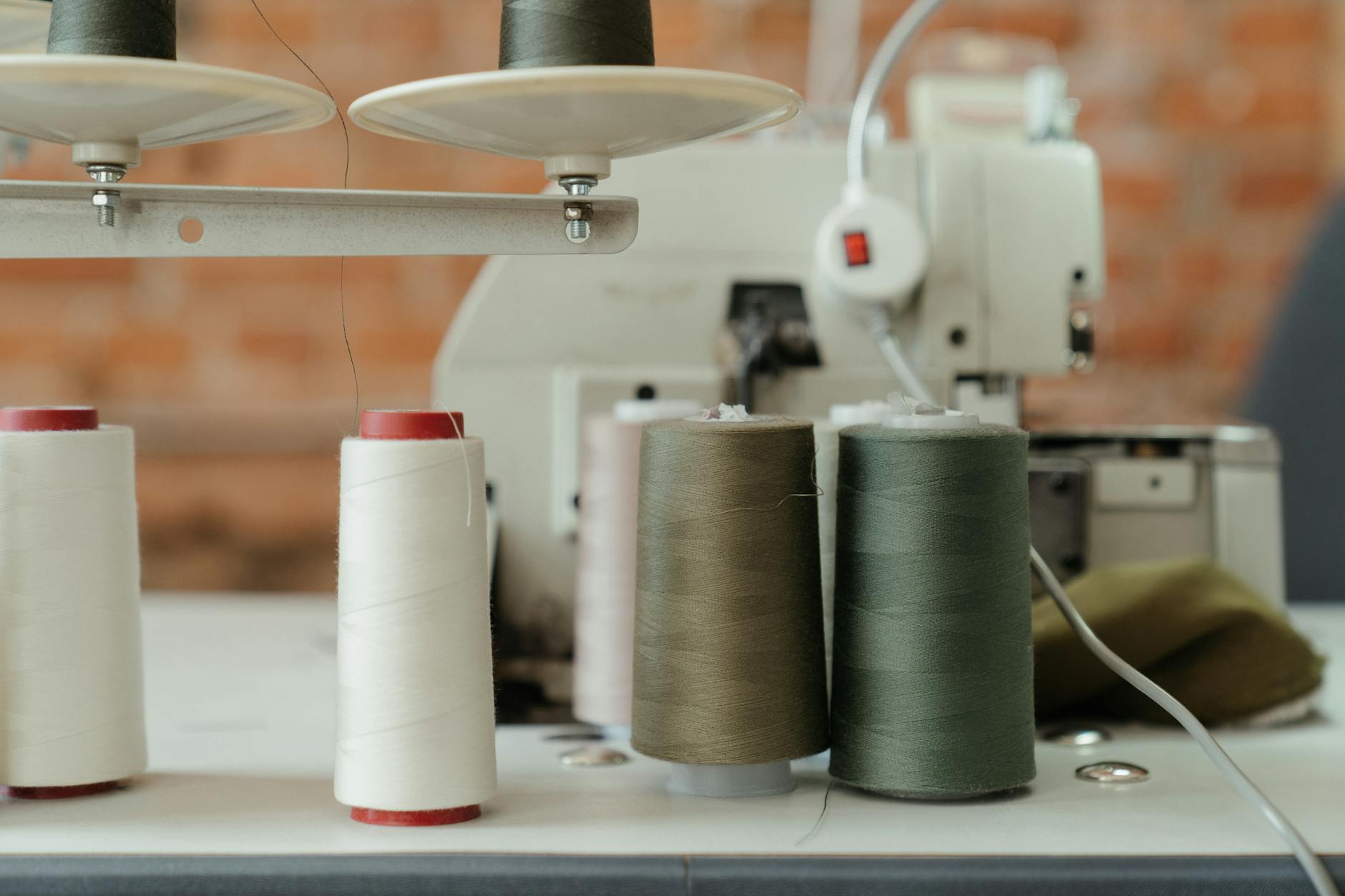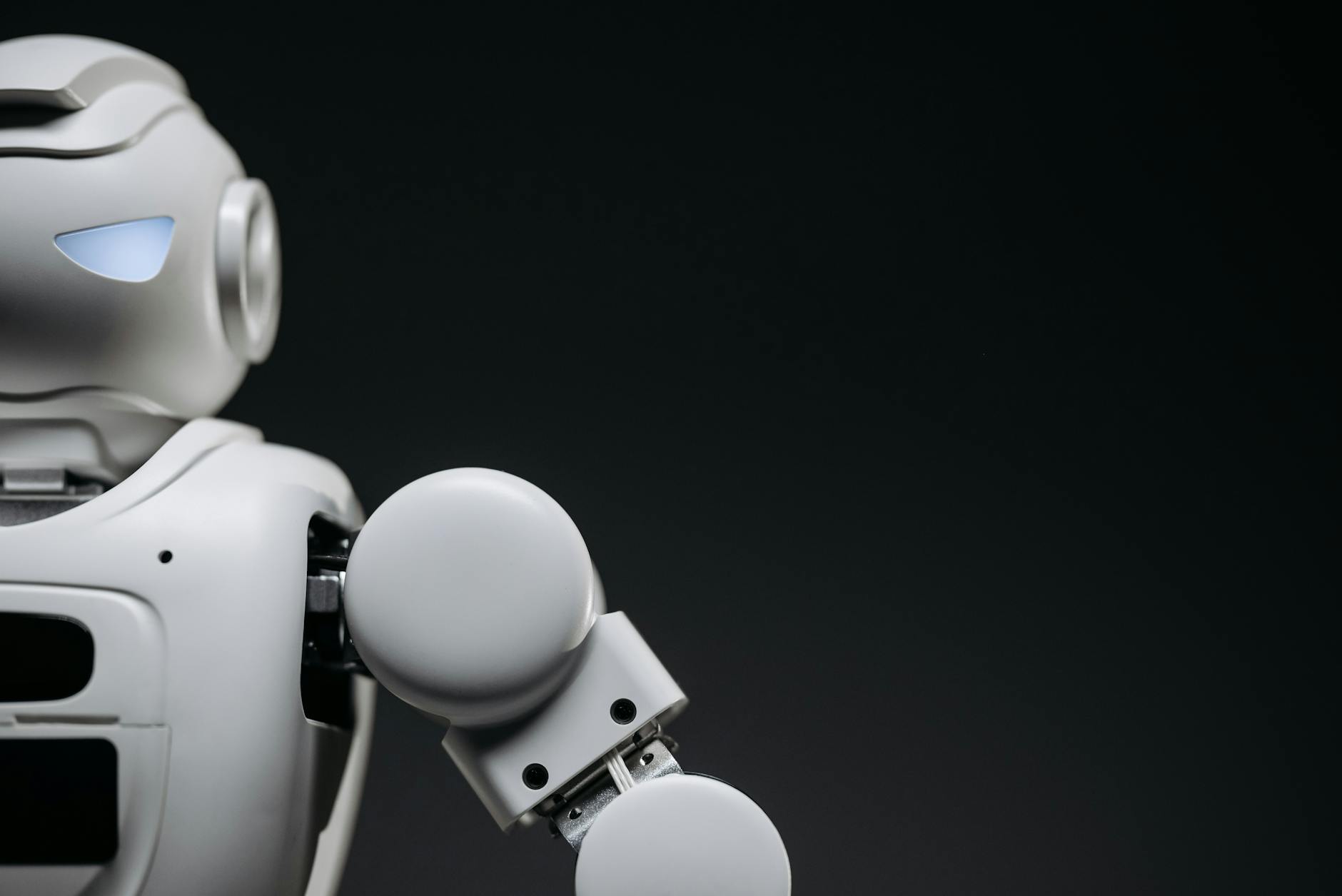How to Equip Your Australian Music Classroom with the Best Audio Gear

Assessing Classroom Needs
Understanding the unique requirements of your classroom is essential when planning to incorporate audio equipment effectively. Start by considering the specific needs of your students. Are there learners who require additional assistance, such as a hearing loop, to ensure they can engage fully? Addressing these requirements at the outset can make a significant difference in classroom inclusivity and participation.
Next, take into account the room's acoustics. This factor can greatly influence the quality of sound and, consequently, the overall learning experience. Pay attention to elements like echo levels, which can affect clarity and result in misunderstandings, especially during musical performances or dialogues. Identifying acoustic challenges can guide you to enhance sound distribution, potentially through strategic furniture placement or adding sound-absorbing materials.
Finally, evaluate the current equipment you have on hand. It's a practical step that can save resources if you identify pieces that simply need upgrading rather than complete replacement. Assess the condition of existing assets like AV cables to determine whether they can support new technologies, such as mesh radios, which provide reliable connectivity and adaptability in dynamic settings.
Bring these factors into alignment to fine-tune your approach to classroom preparation. The goal is to create a harmonious environment where technology seamlessly integrates with teaching strategies. By considering these aspects thoughtfully, you set the stage for engaging learning experiences that resonate well beyond the classroom walls, much like the inspiring events hosted at the Brisbane Powerhouse.
Selecting the Right Audio Gear
When you're organizing events or teaching music, picking the right audio tools can make all the difference. A common challenge for many is selecting appropriate musical equipment and pro audio equipment that enhances the learning and performance experience. For those inspired by cultural events at the Queensland Performing Arts Centre, incorporating such technology is key to delivering captivating experiences.
Choose Quality Microphones
Microphones are the starting point of any sound journey. Opt for microphones that offer clarity and pick up a wide range of frequencies. Look for versatile options that cater to both vocal and instrumental needs, ensuring an engaging audio experience for your audience.
Opt for Reliable Speakers
Speakers are the backbone of projecting sound clearly across venues, from a small classroom to a large event. Focus on speakers that provide balanced output and can handle diverse audio inputs. Consider portable options if you need to move them between spaces frequently.
Explore Mixing Consoles
Finally, a good mixing console is like an orchestra conductor for your sound setup. It helps blend different audio inputs seamlessly. Select a console that offers ease of use, especially for those who are still learning the technical aspects. Your choice should offer intuitive controls and flexibility, adapting to both live events and classroom settings.
Installation and Setup
Plan Equipment Layout
Crafting the ideal layout for your classroom setup involves strategic planning. Start by considering the directions in which sound will travel best, ensuring speakers and microphones capture and deliver audio without dead zones. Think about classroom dynamics: where students gather and how the layout can best facilitate auditory engagement. For instance, incorporating an induction loop will assist hearing-impaired students in picking up audio signals transmitted by microphones, which can be invaluable during lessons.
Wiring and Connectivity Tips
Ensuring seamless connectivity involves some key considerations. Keep cables neat and out of the way, reducing risks of tripping or accidental disconnections. Labeling cables can be a lifesaver, especially when troubleshooting issues during critical moments like a musical performance. Test connections regularly to avoid last-minute glitches, much like how performers meticulously check their instruments before taking the stage at the Brisbane Powerhouse for musical performances.
Acoustics Optimization Tricks
Optimizing acoustics should not be overlooked. To create an engaging auditory environment, consider elements such as curtains or acoustic panels, reducing echoes and absorbing stray sounds. An antenna tracking system can also enhance audio fidelity by ensuring microphones pick up only intended sounds. These adjustments create a holistic listening experience—just as vital in a classroom as they are in professional venues.
Maintenance and Troubleshooting
Regular Cleaning Routines
Maintaining audio equipment requires regular attention. I always stress the importance of a consistent cleaning routine to young music teachers, just like prepping for a school concert. Dust can easily accumulate in speakers and microphones, affecting sound quality. Gently wiping the exterior of your audio equipment with a soft cloth can prevent this. Ensure that monitors for video conferencing are also cleaned to maintain clear visuals, especially during remote lessons.
Common Issues and Solutions
Even with top-notch equipment, issues will arise. One common hiccup is audio distortion, often caused by cable connections. Checking these connections first can save time and frustration. Microphone feedback is another concern. Positioning microphones away from speakers usually rectifies the problem swiftly. It's vital to know how to troubleshoot these issues independently to keep the focus on teaching strategies.
Proactive Maintenance Steps
Proactive maintenance is key to extending the life of your gear. Start by creating a schedule for checking battery levels, replacing them as needed, and ensuring charger cords are in good condition. Updating firmware on digital equipment is also crucial. For example, keeping the software for your audio equipment up to date will prevent glitches during use. By focusing on these steps, you can avoid unnecessary disruptions and focus more on engaging students with innovative technologies.
Best Practices
Achieving Ideal Sound Balance
When setting up a music class at the Brisbane Powerhouse or preparing for a student recital, achieving the right sound balance can make all the difference. Begin by adjusting speaker placement to cater to the room's acoustics. If you're setting up for a cultural event at the Queensland Performing Arts Centre, consider using portable baffles or acoustic panels to control reverberation. Don't underestimate the subtle art of mixing—prioritize clear vocals and harmonious instrumentals to ensure all elements shine through, creating an engaging auditory experience for everyone involved.
Integrating Tech for Student Engagement
Leveraging technology is pivotal in capturing the attention of young learners. Use tools like music composition software or digital soundboards to delve into creative production methods. Encourage students to participate in recording sessions, thus enhancing their hands-on experience with musical performance technologies. By scheduling class trips to community music events at South Bank, students can witness real-world applications of what they've learned and ignite their passion for the performing arts scene in Brisbane.
Advancing Skills through Continuous Learning
Staying updated with the latest in audio technology is crucial for an evolving music educator. Consider attending workshops or seminars at the Queensland Performing Arts Centre to gather insights from seasoned professionals. Embrace online platforms and forums to exchange practical teaching tips and experiences with peers. Emphasizing a mindset of continuous learning can transform not only your teaching approach but also profoundly impact your students' appreciation for music and sound engineering.


